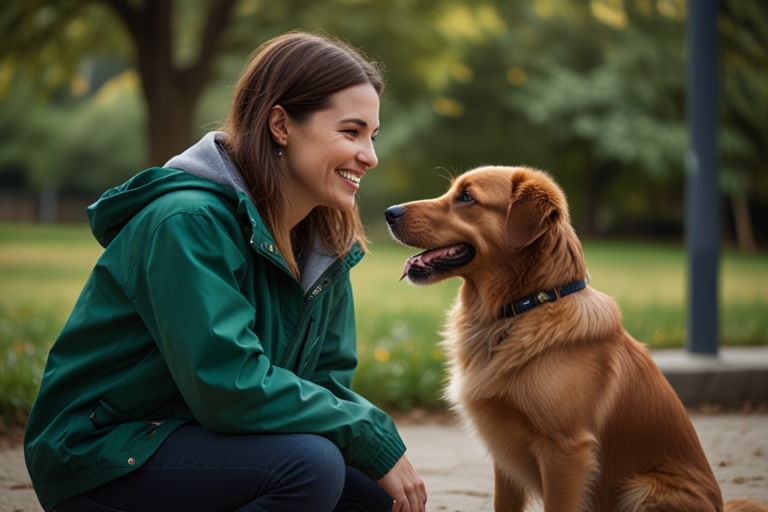Tips for Training Your Dog Effectively
**Introduction**
Training your dog is a rewarding experience that strengthens the bond between you and your furry friend. Effective training not only teaches obedience but also helps address behavioral issues, making life with your pet more enjoyable. This article will provide essential tips and techniques for training your dog effectively.
**Understanding Dog Behavior**
To train your dog effectively, it’s important to understand their behavior. Dogs communicate through body language and vocalizations, and being aware of these signals can help you respond appropriately. Understanding your dog’s natural instincts and motivations will also guide your training approach, ensuring a more productive experience.
**Effective Training Techniques**
**1. Positive Reinforcement**
Positive reinforcement is one of the most effective training techniques. This method involves rewarding your dog for desired behaviors, encouraging them to repeat those actions. Rewards can include treats, praise, or playtime. This approach fosters a positive learning environment and strengthens your bond with your dog.
**2. Clicker Training**
Clicker training is a popular method that uses a small handheld device that makes a clicking sound. When your dog performs the desired behavior, you click the device and follow it with a reward. The sound of the click helps your dog understand exactly what behavior earned them a reward, making the learning process clear and effective.
**3. Obedience Training**
Obedience training focuses on teaching your dog basic commands, such as sit, stay, come, and down. Start with one command at a time, using positive reinforcement to encourage compliance. Regular practice will help reinforce these commands, making them second nature for your dog.
**Best Practices for Successful Dog Training Sessions**
**1. Consistency is Key**
Consistency is crucial in dog training. Use the same commands, signals, and rewards each time to help your dog understand what is expected. Everyone in your household should follow the same training approach to avoid confusion.
**2. Short and Engaging Sessions**
Dogs have short attention spans, so keep training sessions brief and engaging. Aim for sessions of about 5 to 10 minutes, focusing on a specific skill or command. You can have multiple sessions throughout the day to reinforce learning without overwhelming your dog.
**3. Minimize Distractions During Training Sessions**
Choose a quiet, distraction-free environment for training sessions. This helps your dog focus on you and the task at hand. As your dog becomes more proficient, gradually introduce distractions to challenge their learning and reinforce their training in real-world situations.
**Gradual Progression and Regular Practice in Dog Training**
Gradual progression is key to successful training. Start with basic commands before moving on to more complex behaviors. Regular practice reinforces what your dog has learned and helps build confidence. Incorporate training into your daily routine to make it a fun and rewarding part of your dog’s life.
**Making Dog Training Enjoyable for You and Your Pet**
Training should be an enjoyable experience for both you and your dog. Incorporate play and exploration into your sessions to keep things interesting. Celebrate small victories with enthusiasm to motivate your dog and make training a positive experience.
**Addressing Behavioral Issues Through Effective Training Techniques**
Many behavioral issues can be addressed through effective training techniques. Whether your dog struggles with barking, chewing, or jumping, consistency and positive reinforcement can help modify these behaviors. Identify the root cause of the behavior and apply appropriate training techniques to address it.
**When to Seek Professional Help in Your Dog Training Journey?**
If you encounter persistent behavioral issues or feel overwhelmed, consider seeking professional help. Certified dog trainers or behaviorists can provide valuable insights and tailored training plans to address your dog’s specific needs. Professional guidance can be especially beneficial for complex issues or when introducing a new dog into your home.
**Conclusion: Embrace the Journey of Effective Dog Training!**
Training your dog is a journey that requires patience, consistency, and love. By employing effective training techniques and understanding your dog’s behavior, you can build a strong bond and create a well-behaved companion. Embrace the training process, celebrate progress, and enjoy the time spent with your furry friend.


